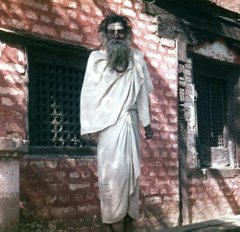
I really can’t remember how we came to the decision that traveling overland to India
In underground publications such as International Times, Oz and Frendz we were reading reports of far off, exotic lands where hash was cheap, strong and readily available and where one could exist on as little as a pound a day. On the classifieds pages were ads for overland buses that would take you all the way from Europe to At that time there were no Rough Guides or Lonely Planet books. Once you left
For me the true overland bible was a book written ten years earlier in 1963 by a fearless, young Irish woman from County Waterford entitled, ‘Full Tilt – Ireland to India with a Bicycle’. Dervla Murphy had laid out the route we would follow, not, as she did, on two wheels, or even on one of the freak buses, but using local public transport. That way we hoped to have closer contact with the people and cultures of the different countries. Our plan was to get through expensive Europe in as short a time as possible and get down to the serious traveling when we hit
At a distance of around 4000 miles from
The recollections here are taken from dog-eared diaries that we somehow managed to write and which, amazingly, are still pretty much intact after all these years. The photographs were taken on a plastic Kodak Instamatic camera and the rolls of film periodically posted back to Janette's parents for developing. Some pictures have disappeared and some have deteriorated with time. Now, in the 21st Century and middle-aged, I wish we had taken more, but at the time it was all about living for the moment, not capturing something for the future.





